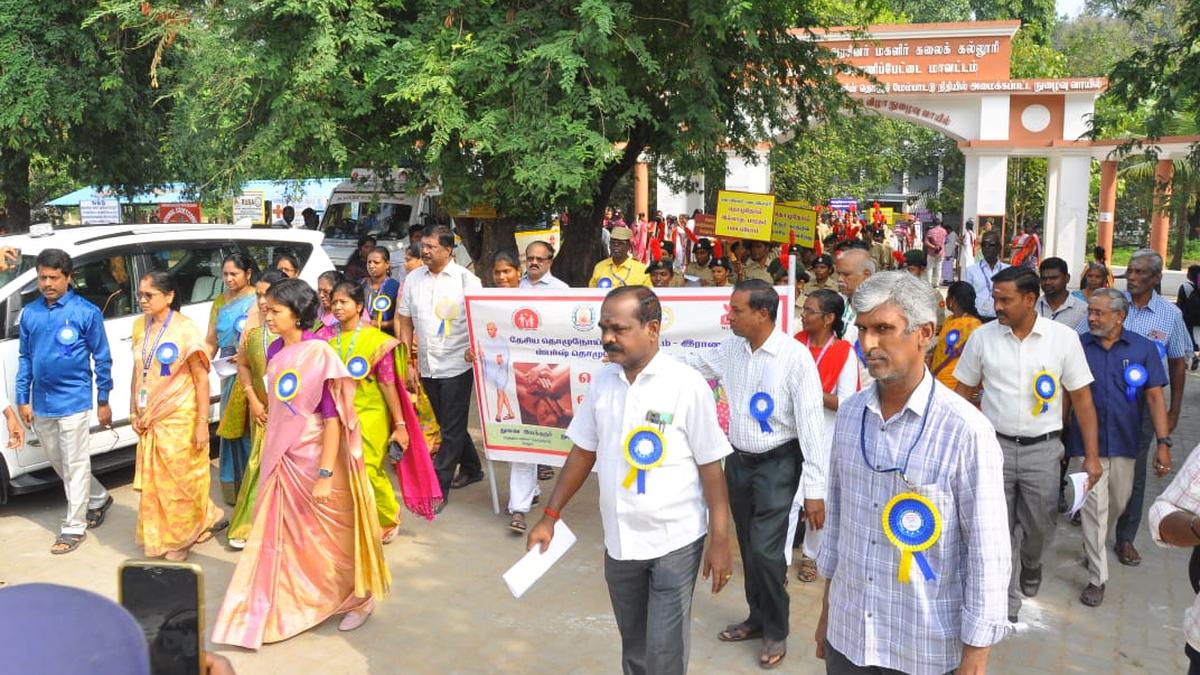
Health officials to begin door-to-door screening on deformities in Vellore, nearby districts from January 30
The Hindu
Department of Public Health in Vellore, Ranipet, Tirupattur, and Tiruvannamalai districts to intensify leprosy campaign starting January 30.
The Department of Public Health and Preventive Medicine will begin household checking of any deformities and infections related to leprosy among residents in Vellore, Ranipet, Tirupattur and Tiruvannamalai districts, starting from January 30, which coincides with World Anti-leprosy Day.
Health officials said that the ongoing anti-leprosy week celebrations by the Department of Public Health and Preventive Medicine have provided an opportunity to screen households directly in the coming days to intensify the campaign against leprosy. The team will include a health educator, a health inspector and a few volunteers.
The door-to-door drive was prompted after the officials detected at least 20 new cases through household screening in Vellore, Ranipet and Tirupattur districts in recent weeks. “The screening camps will be held in hotels, government offices, industries and residential areas in the coming days as these identified sections are vulnerable to the disease,” B. Preetha, Deputy Director (Leprosy), Vellore, told The Hindu.
Among these districts, Tiruvannamalai has the highest number of 91 new cases of leprosy, which were detected between April - December 2024, followed by Ranipet (60 cases), Tirupattur (40 cases), and Vellore (30 cases). Patients undergoing treatment are also high in Tiruvannamalai with 98 cases, followed by Ranipet (53 cases) and Tirupattur (44 cases).
Areas like Kattampoondi, Vanapuram, Melpallipattu, Thatchur, Thellar and Perumkattur in Tiruvannamalai district were identified as high prevalence zones of the disease due to a lack of awareness .
Each district, on an average, has around 700 patients with one-third of them women. In other words, on an average, around 15 new cases are detected in a district every month. Higher prevalence of the disease is found among migrant labourers in these districts.
Health officials said that the long incubation period of the disease is a major reason for late detection of persons affected with leprosy as they do not have itching on the affected parts of the body. It takes on an average, 3-5 years to detect symptoms of the disease resulting in damage to the nervous system.













